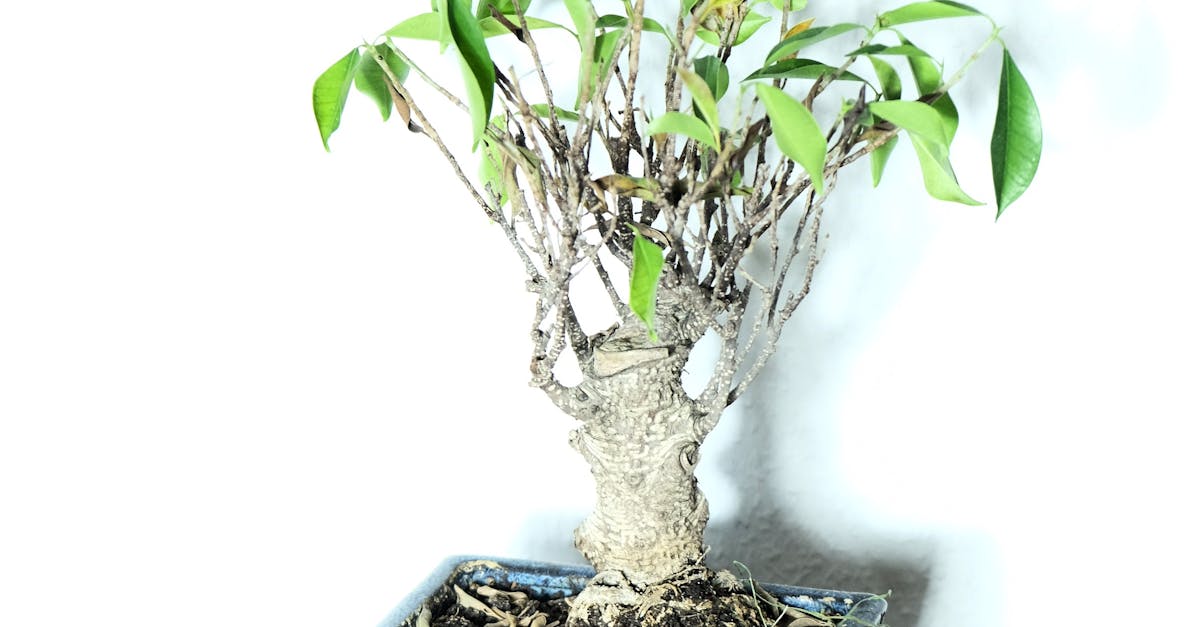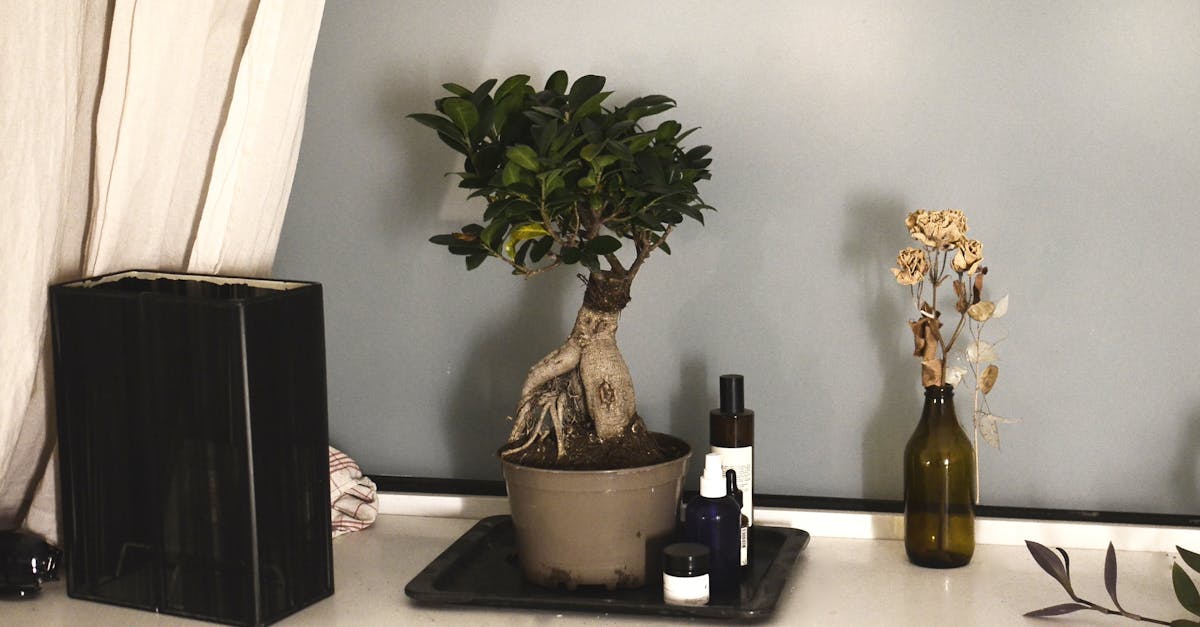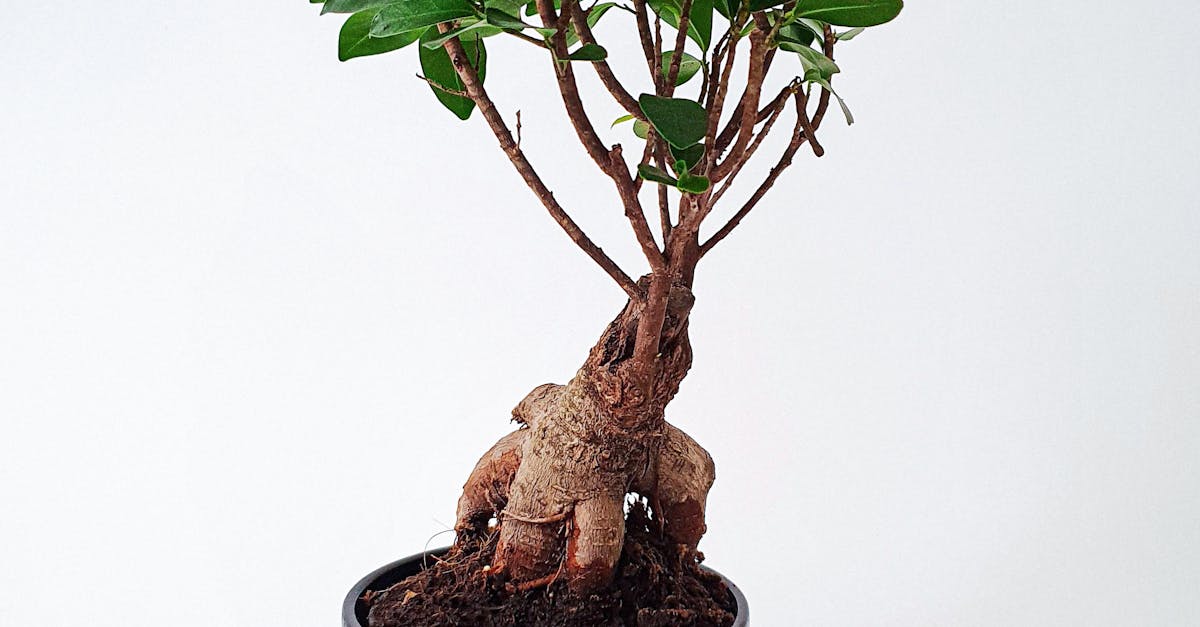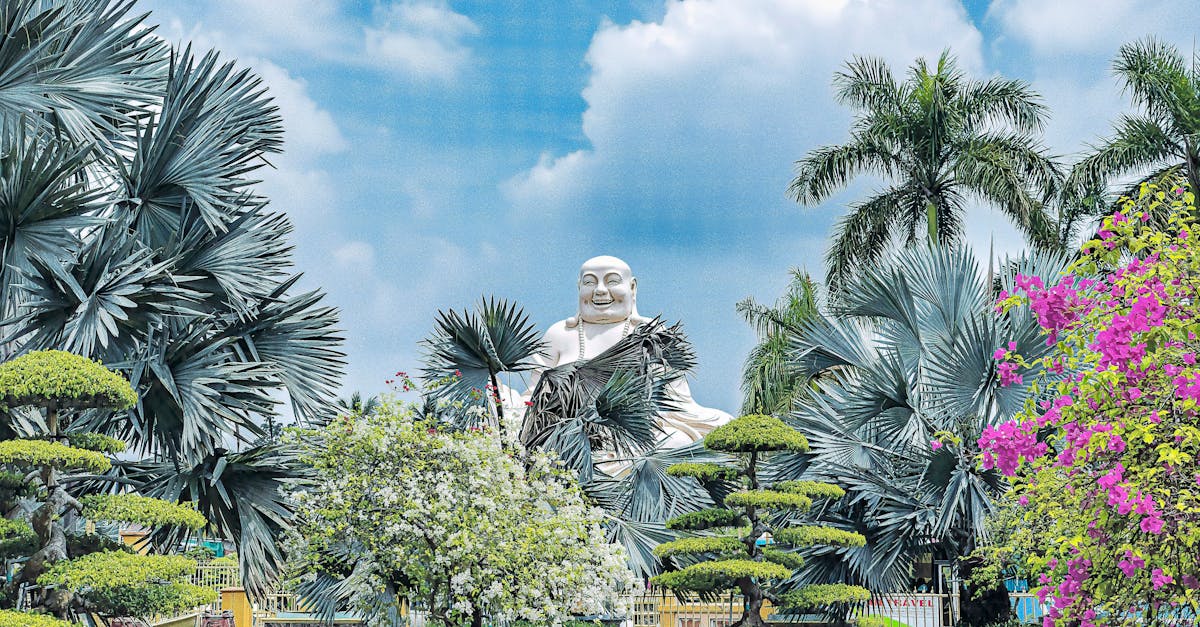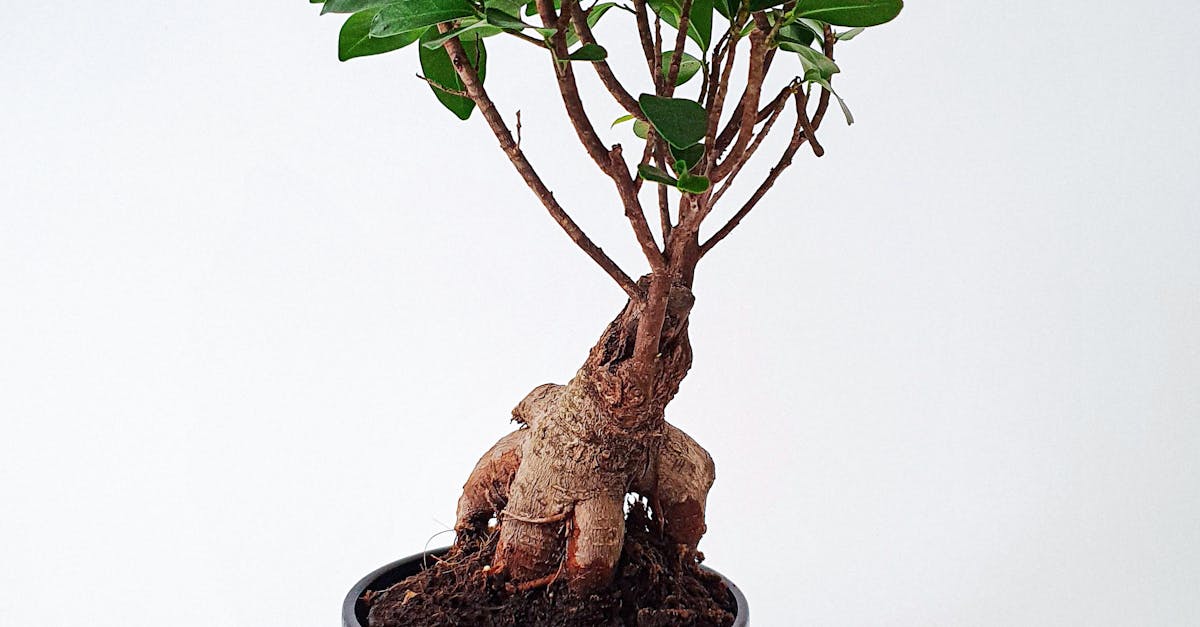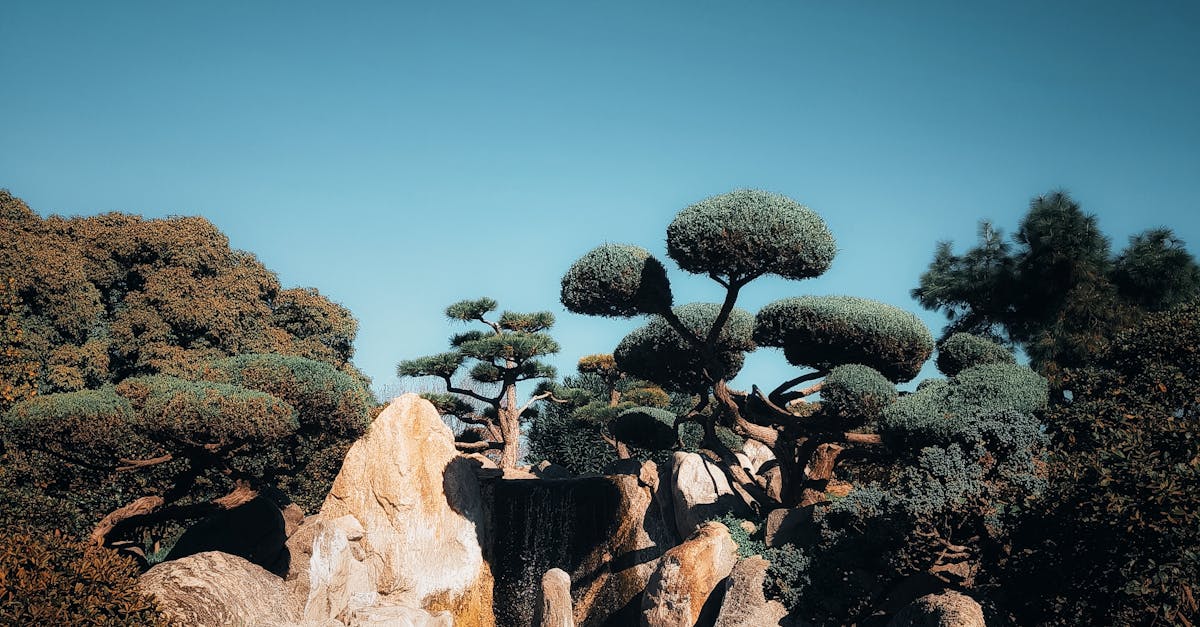Overwatering: A Threat to Bonsai Health
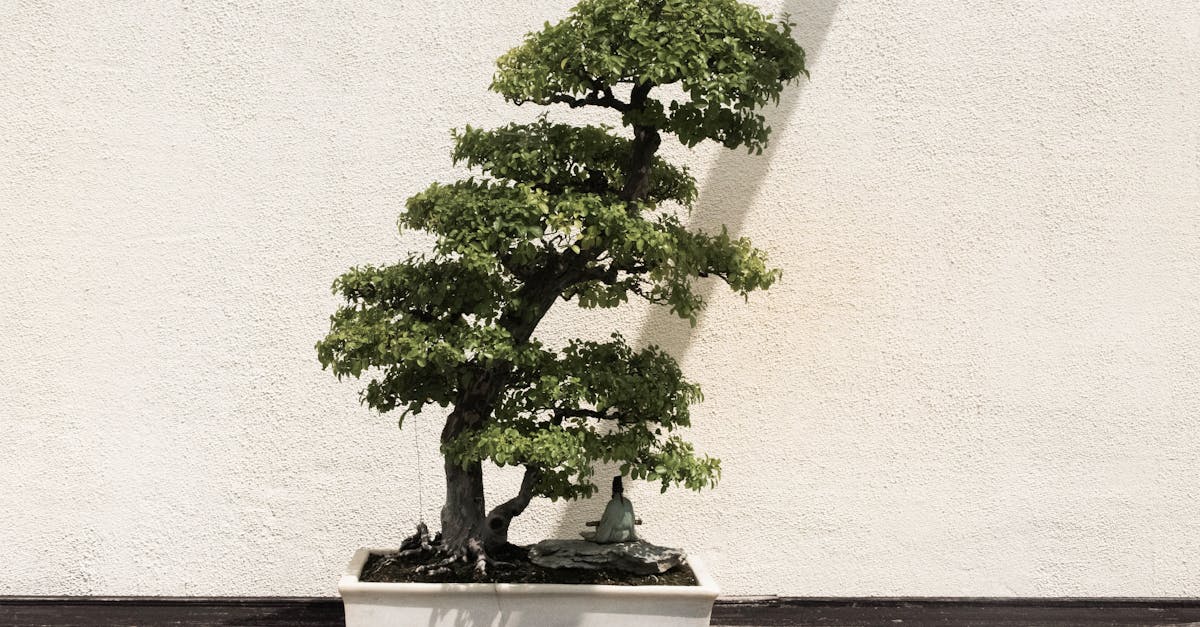
Bonsai, the ancient art of cultivating miniature trees, demands meticulous care to maintain their vibrant aesthetics. Among the most critical aspects of bonsai cultivation is proper watering. Excessive watering, while seemingly beneficial, can lead to a myriad of detrimental consequences, potentially jeopardizing the health and longevity of these exquisite trees. Understanding the risks associated with overwatering is paramount to preserving the delicate balance of bonsai.
1. The Damaging Consequences of Overwatering Bonsai Trees
Overwatering bonsai trees can lead to a multitude of detrimental consequences, hindering their growth and overall health. Excessive moisture suffocates the delicate roots, impairing their ability to respire and absorb essential nutrients from the soil. This compromised root system results in stunted growth, nutrient deficiency, and an increased susceptibility to diseases.
As the roots struggle to function properly, they become more susceptible to root rot, a deadly fungal infection that can quickly spread throughout the tree, leading to its demise. Overwatering also alters the soil’s composition, leaching away vital nutrients that are crucial for the tree’s well-being. This nutrient deficiency manifests in various forms, including yellowing leaves, stunted growth, and reduced resistance to pests and diseases.
Furthermore, overwatering creates an environment conducive to the proliferation of harmful fungi and bacteria. The moist soil provides an ideal breeding ground for these pathogens, which can cause a range of infections, from root rot to stem cankers. These diseases can rapidly spread, causing significant damage to the tree’s health and potentially leading to its loss.
Impaired Root Development
Overwatering bonsai trees can lead to impaired root development, which has severe consequences for the tree’s overall health. Bonsai roots require a delicate balance of moisture and oxygen to function properly. When the soil is excessively moist, the roots become waterlogged and suffocated, as the excess water displaces the air pockets in the soil that are essential for root respiration.
Without adequate oxygen, the roots cannot perform their vital functions, such as absorbing water and nutrients from the soil. This impaired root function leads to a decline in the tree’s overall health, as it becomes unable to meet its nutritional needs. The tree may exhibit stunted growth, yellowing leaves, and an increased susceptibility to pests and diseases.
In severe cases of overwatering, the roots may develop root rot, a fungal infection that can spread rapidly and cause extensive damage to the root system. Root rot can lead to the tree’s decline and eventual death. Therefore, it is crucial to avoid overwatering bonsai trees and to ensure that the soil has adequate drainage to prevent root suffocation and promote healthy root development.
Nutrient Deficiency
Overwatering bonsai trees can lead to nutrient deficiency, as excessive moisture can leach essential nutrients from the soil. When the soil is waterlogged, the oxygen levels decrease, which inhibits the activity of beneficial soil microbes responsible for nutrient cycling. As a result, the nutrients in the soil become less available to the tree’s roots.
Over time, this nutrient deficiency can manifest in various symptoms, including yellowing leaves, stunted growth, and reduced resistance to pests and diseases. In severe cases, nutrient deficiency can lead to the tree’s decline and eventual death.
To prevent nutrient deficiency in bonsai trees, it is important to avoid overwatering and to ensure that the soil has adequate drainage. Additionally, regular fertilization can help to replenish the nutrients that may be leached from the soil due to overwatering.
2. Recognizing the Signs of Overwatered Bonsai
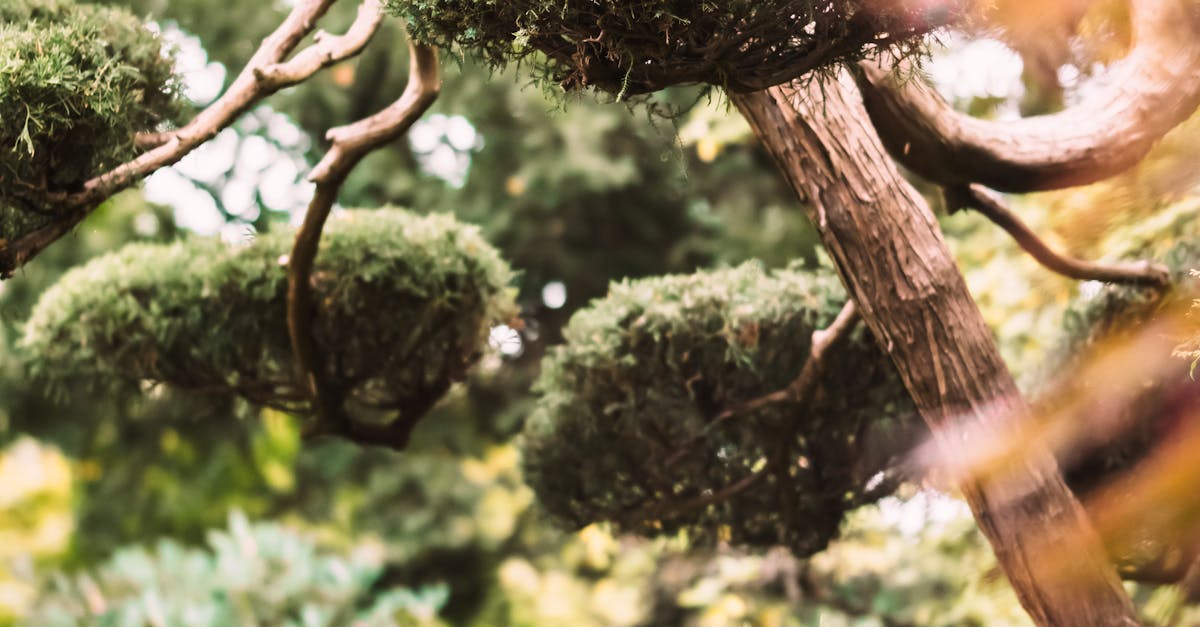
Overwatered bonsai trees exhibit a range of telltale signs that can help you identify the problem and take corrective action. One of the most common signs of overwatering is yellowing leaves. When a bonsai tree receives too much water, the roots become unable to absorb nutrients properly, which leads to nutrient deficiency and the development of yellow leaves. In severe cases, the leaves may turn brown and fall off.
Another sign of overwatering is root rot. Root rot is a fungal infection that attacks the roots of the tree, causing them to rot and decay. Overwatering creates the ideal conditions for root rot to develop, as the excess moisture provides a breeding ground for the fungus. Symptoms of root rot include stunted growth, wilting leaves, and a foul odor coming from the soil.
If you suspect that your bonsai tree is overwatered, it is important to take action immediately to prevent further damage. First, reduce the frequency and amount of watering. Allow the soil to dry out completely between waterings. You can also repot the tree into a pot with better drainage. If the roots are showing signs of rot, you may need to prune away the damaged roots and treat the tree with a fungicide.
Discolored Foliage
Discolored foliage is one of the most common signs of overwatering in bonsai trees. When a tree receives too much water, the roots are unable to absorb nutrients properly, which leads to nutrient deficiency. This nutrient deficiency can manifest in a variety of ways, including yellowing or browning leaves.
Yellowing leaves are often the first sign of overwatering. As the roots become waterlogged and unable to absorb nutrients, the leaves begin to lose their green color and turn yellow. In severe cases, the leaves may turn brown and fall off.
Browning leaves are another sign of overwatering. Browning leaves can be caused by a number of factors, including nutrient deficiency, root rot, and sunburn. However, overwatering is one of the most common causes of browning leaves in bonsai trees.
If you notice that your bonsai tree’s leaves are discoloring, it is important to take action to identify the cause and correct the problem. If you suspect that your tree is overwatered, reduce the frequency and amount of watering and allow the soil to dry out completely between waterings.
Root Rot
Root rot is a fungal infection that can cause serious damage to bonsai trees. It is caused by overwatering or poor drainage, which creates conditions that are favorable for the growth of fungi. Root rot can cause the roots to rot and decay, which can lead to the death of the tree.
One of the most common signs of root rot is discoloration of the roots. Healthy roots are typically white or cream-colored, but roots that are infected with root rot may turn brown or black. The roots may also become soft and mushy, and they may have a foul odor.
Another sign of root rot is stunted growth. When the roots are damaged by root rot, they are unable to absorb water and nutrients from the soil, which can lead to stunted growth. The leaves of the tree may also turn yellow or brown, and the tree may wilt.
If you suspect that your bonsai tree has root rot, it is important to take action immediately. The first step is to remove the tree from its pot and examine the roots. If the roots are brown or black and mushy, the tree is likely infected with root rot.
To treat root rot, you will need to remove the infected roots and repot the tree in a new pot with fresh soil. You should also water the tree less frequently and allow the soil to dry out completely between waterings.
3. Fungal and Bacterial Infections: A Threat to Overwatered Bonsai
Overwatered bonsai trees are more susceptible to fungal and bacterial infections. This is because the excess moisture in the soil creates an environment that is conducive to the growth of these pathogens. Fungal and bacterial infections can cause a variety of problems for bonsai trees, including root rot, stem rot, and leaf spot.
Fungal infections are caused by fungi, which are a type of plant pathogen. Fungi can attack the roots, stems, and leaves of bonsai trees. Some of the most common fungal infections of bonsai trees include root rot, stem rot, and leaf spot.
Bacterial infections are caused by bacteria, which are another type of plant pathogen. Bacteria can attack the roots, stems, and leaves of bonsai trees. Some of the most common bacterial infections of bonsai trees include crown gall, fire blight, and bacterial leaf spot.
If you suspect that your bonsai tree has a fungal or bacterial infection, it is important to take action immediately. The first step is to identify the type of infection. Once you have identified the type of infection, you can begin to treat it.
Treating fungal and bacterial infections involves using fungicides and bactericides, respectively. Fungicides are chemicals that kill fungi, and bactericides are chemicals that kill bacteria. It is important to follow the directions on the product label when using fungicides and bactericides.
Fungal Diseases
Fungal diseases are a major threat to bonsai trees, especially those that are overwatered. Fungal diseases thrive in moist environments, and they can cause a variety of problems for bonsai trees, including root rot, stem rot, and defoliation.
One of the most common fungal diseases of bonsai trees is root rot. Root rot is caused by a variety of fungi that attack the roots of the tree. Root rot can cause the roots to rot and decay, which can lead to the death of the tree.
Another common fungal disease of bonsai trees is stem rot. Stem rot is caused by fungi that attack the stems of the tree. Stem rot can cause the stems to rot and decay, which can also lead to the death of the tree.
Defoliation is another common problem caused by fungal diseases. Defoliation is the loss of leaves from the tree. Fungal diseases can cause defoliation by damaging the leaves or by causing the leaves to fall off.
If you suspect that your bonsai tree has a fungal disease, it is important to take action immediately. The first step is to identify the type of fungal disease. Once you have identified the type of fungal disease, you can begin to treat it.
Treating fungal diseases involves using fungicides. Fungicides are chemicals that kill fungi. It is important to follow the directions on the product label when using fungicides.
Bacterial Infections
Bacterial infections are another major threat to bonsai trees, especially those that are overwatered. Bacterial infections can spread rapidly in overwatered bonsai trees, and they can cause a variety of problems, including soft rot and stem cankers.
Soft rot is a bacterial infection that causes the tissues of the tree to become soft and mushy. Soft rot can affect the roots, stems, and leaves of the tree. Soft rot can be fatal to bonsai trees if it is not treated promptly.
Stem cankers are another bacterial infection that can affect bonsai trees. Stem cankers are caused by bacteria that attack the stems of the tree. Stem cankers can cause the stems to become discolored and cracked. Stem cankers can also lead to the death of the tree if they are not treated promptly.
If you suspect that your bonsai tree has a bacterial infection, it is important to take action immediately. The first step is to identify the type of bacterial infection. Once you have identified the type of bacterial infection, you can begin to treat it.
Treating bacterial infections involves using bactericides. Bactericides are chemicals that kill bacteria. It is important to follow the directions on the product label when using bactericides.
4. Establishing an Optimal Watering Schedule
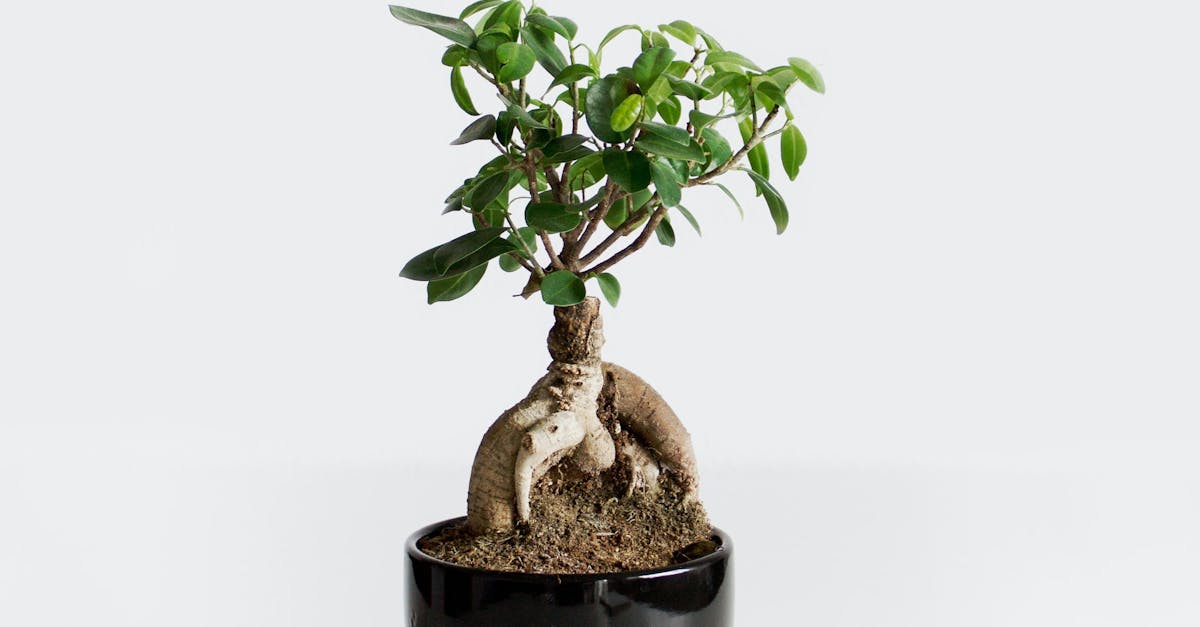
Establishing an optimal watering schedule is essential for keeping bonsai trees healthy and thriving. The frequency of watering will vary depending on a number of factors, including the type of tree, the size of the pot, and the environmental conditions.
Tree species
Different species of trees have different watering needs. Some trees, such as junipers and pines, are drought-tolerant and can go for long periods of time without water. Other trees, such as maples and azaleas, require more frequent watering.
Pot size
The size of the pot will also affect how often you need to water your bonsai tree. Smaller pots dry out more quickly than larger pots, so trees in smaller pots will need to be watered more frequently.
Environmental conditions
The environmental conditions, such as temperature and humidity, will also affect how often you need to water your bonsai tree. Trees in warmer, drier climates will need to be watered more frequently than trees in cooler, more humid climates.
How to determine when to water your bonsai tree
The best way to determine when to water your bonsai tree is to check the soil. Stick your finger in the soil to a depth of about 1 inch. If the soil is dry to the touch, it is time to water the tree.
How to water your bonsai tree
When you water your bonsai tree, water it thoroughly until water drains out of the bottom of the pot. Avoid overwatering, as this can lead to root rot.
Additional tips for watering bonsai trees
- Use rainwater or distilled water to water your bonsai tree. Tap water can contain chemicals that can be harmful to bonsai trees.
- Water your bonsai tree in the morning or evening, when the sun is not as strong.
- Mist your bonsai tree regularly to increase humidity.
Understanding Tree Species
Different species of bonsai trees have different watering needs. Some trees, such as junipers and pines, are drought-tolerant and can go for long periods of time without water. Other trees, such as maples and azaleas, require more frequent watering.
When choosing a bonsai tree, it is important to consider the specific watering needs of the species. If you are not sure how often to water a particular species of bonsai tree, you can consult with a bonsai expert or do some research online.
Here are some general guidelines for watering different types of bonsai trees:
- Junipers and pines: Water when the soil is dry to the touch.
- Maples and azaleas: Water when the soil is slightly moist to the touch.
- Ficus: Water when the soil is dry to the touch, but not completely dry.
- Serissa: Water when the soil is slightly moist to the touch.
It is important to note that these are just general guidelines. The actual watering needs of your bonsai tree may vary depending on factors such as the size of the pot, the environmental conditions, and the individual tree’s health.
The best way to determine when to water your bonsai tree is to check the soil. Stick your finger in the soil to a depth of about 1 inch. If the soil is dry to the touch, it is time to water the tree.
Pot Size and Drainage
The size of the pot and the presence of drainage holes can also affect how often you need to water your bonsai tree.
Pot size
Smaller pots dry out more quickly than larger pots, so trees in smaller pots will need to be watered more frequently. This is because the soil in smaller pots has less volume, so it holds less water.
Drainage holes
Drainage holes allow excess water to drain out of the pot, which helps to prevent root rot. If your pot does not have drainage holes, you will need to be very careful not to overwater your tree.
Choosing the right pot
When choosing a pot for your bonsai tree, it is important to consider the size of the tree and the type of tree. Some trees, such as junipers and pines, prefer to be in smaller pots, while other trees, such as maples and azaleas, prefer to be in larger pots.
It is also important to make sure that the pot has drainage holes. If the pot does not have drainage holes, you can drill some yourself using a drill bit.
Watering frequency
The frequency of watering will vary depending on the size of the pot, the type of tree, and the environmental conditions. However, a good rule of thumb is to water your bonsai tree when the soil is dry to the touch.
Environmental Factors
The environmental conditions, such as temperature, humidity, and sunlight exposure, can also affect how often you need to water your bonsai tree.
Temperature
In general, bonsai trees need to be watered more frequently in warm weather than in cold weather. This is because the water evaporates more quickly in warm weather.
Humidity
The humidity level can also affect how often you need to water your bonsai tree. In general, bonsai trees need to be watered more frequently in dry climates than in humid climates. This is because the water evaporates more quickly in dry climates.
Sunlight exposure
Bonsai trees that are exposed to direct sunlight will need to be watered more frequently than bonsai trees that are in the shade. This is because the water evaporates more quickly in direct sunlight.
Adjusting your watering schedule
You may need to adjust your watering schedule based on the environmental conditions. For example, if you live in a warm, dry climate, you will need to water your bonsai tree more frequently than if you live in a cool, humid climate.
It is important to observe your bonsai tree and adjust your watering schedule as needed. The best way to determine when to water your bonsai tree is to check the soil. Stick your finger in the soil to a depth of about 1 inch. If the soil is dry to the touch, it is time to water the tree.
5. Additional Tips for Maintaining Healthy Bonsai Trees
In addition to watering your bonsai tree properly, there are a number of other things you can do to promote its health and vitality.
Proper drainage
Proper drainage is essential for preventing root rot. Make sure that the pot you are using has drainage holes. You can also place a layer of gravel or broken pottery at the bottom of the pot to help with drainage.
Humidity control
Bonsai trees prefer humid environments. You can increase the humidity around your bonsai tree by misting it regularly or by placing it on a tray of pebbles filled with water.
Fertilization
Bonsai trees need to be fertilized regularly to provide them with the nutrients they need to grow and thrive. Use a fertilizer that is specifically designed for bonsai trees.
Pruning
Pruning is essential for shaping and maintaining the size of your bonsai tree. Prune your bonsai tree regularly to remove any dead or diseased branches and to encourage new growth.
Repotting
Bonsai trees need to be repotted every few years to refresh the soil and to provide them with more room to grow. Repot your bonsai tree in the spring or fall, when the tree is not actively growing.
By following these tips, you can help your bonsai tree stay healthy and beautiful for many years to come.
Ensuring Proper Drainage
Ensuring proper drainage is essential for preventing root rot and other problems. Here are a few tips:
Use well-draining soil. Bonsai trees need soil that drains well. A good potting mix for bonsai trees is a mixture of akadama, pumice, and lava rock.
Use pots with drainage holes. The pot you use for your bonsai tree should have drainage holes in the bottom. This will allow excess water to drain out of the pot and prevent the roots from sitting in waterlogged soil.
Use raised benches. If you are growing your bonsai tree indoors, you can place it on a raised bench to improve drainage. This will help to prevent the roots from sitting in water that collects in the bottom of the pot.
Additional tips for ensuring proper drainage
- Avoid overwatering your bonsai tree. Only water the tree when the soil is dry to the touch.
- Do not let your bonsai tree sit in water. If you water your tree from the bottom, make sure to pour off any excess water that does not drain out of the pot.
- Repot your bonsai tree every few years to refresh the soil and to improve drainage.
By following these tips, you can help to ensure that your bonsai tree has proper drainage and is less likely to develop root rot and other problems.
Humidity Control
Bonsai trees prefer humid environments. Maintaining appropriate humidity levels can help to keep your bonsai tree healthy and prevent problems such as leaf drop and spider mites.
How to increase humidity
There are a few different ways to increase the humidity around your bonsai tree.
- Use a humidifier. A humidifier is a device that releases water vapor into the air. This can help to increase the humidity level in your home or office.
- Mist your bonsai tree. Misting your bonsai tree with water can help to increase the humidity level around the tree. However, it is important to not over-mist your tree, as this can lead to problems such as root rot.
- Place your bonsai tree on a tray of pebbles filled with water. The water will evaporate and increase the humidity level around the tree.
How to measure humidity
You can use a hygrometer to measure the humidity level in your home or office. A hygrometer is a device that measures the amount of water vapor in the air. The ideal humidity level for bonsai trees is between 40% and 60%.
Additional tips for humidity control
- Avoid placing your bonsai tree in a drafty area. Drafts can quickly dry out the air and lower the humidity level.
- Group your bonsai trees together. This will help to create a more humid environment for the trees.
- Use a terrarium to grow your bonsai tree. A terrarium is a sealed glass container that can be used to create a humid environment for plants.
By following these tips, you can help to maintain appropriate humidity levels for your bonsai tree and keep it healthy and thriving.
Quiz
1. True or False: Overwatering bonsai trees can lead to impaired root development.
2. Multiple Choice: Which of the following is a sign of overwatering in bonsai trees? – (a) Yellowing leaves – (b) Brown leaves – (c) Curling leaves – (d) All of the above
3. True or False: Fungal diseases are more likely to affect overwatered bonsai trees.
4. Multiple Choice: What is an important factor to consider when establishing an optimal watering schedule for bonsai trees? – (a) Tree species – (b) Pot size – (c) Environmental conditions – (d) All of the above
5. True or False: Bonsai trees prefer humid environments.
Answer Key
- True
- (d) All of the above
- True
- (d) All of the above
- True
Answer Key
- True
- (d) All of the above
- True
- (d) All of the above
- True

